MLB Section
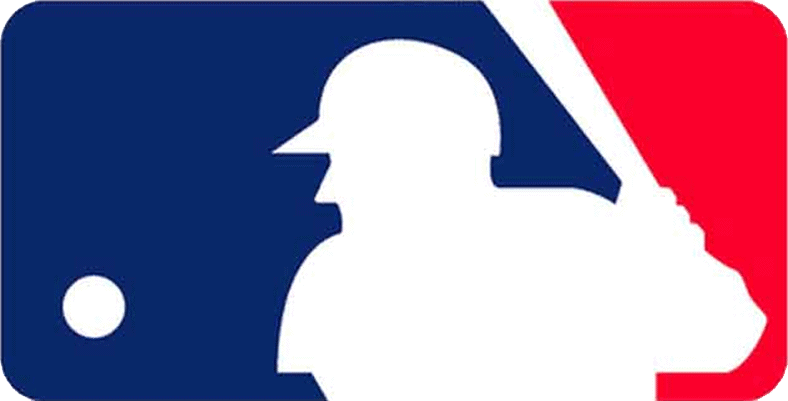
Welcome to the MLB Section page. Here you will find links to all of The ‘Tude Dude’s baseball-related posts as well as additional expository content directly associated with the sport.
-
MLB Section Home
-
About the MLB
-
MLB Team Profiles
ABOUT THE MLB
Beginning its life in the back alleys of New York City with sticksand rocks, the roots of baseball stretch as deeply into American soil as any other cultural element from the Civil War soldiers who used it as a "pickup-style" distraction in the mid 1800's to the larger-than-life celebrity superstars who dominate the airwaves today. Early on, the sport struggled to coalesce into a unified association as professional "leagues" were fraught with tumultuous disorganization typically revolving around individual player rights and their ability to move freely between any club they wanted. Decades after this preliminary period of abstract uncertainty, the National League (formed as one of the very first recognized professional baseball leagues and survivor of many other competitors) and the American League (created later to help retain many of the clubs that had been disbanded by the National League) arose as the 2 most prominent governing bodies within the sport necessitating a merger at the behest of hyped fans who craved a semblance of order for the sake of academic relevance. In 1903, Major League Baseball became official containing many of the logistical components that are still used today most notably the organization of a regular season structured around the 2 leagues sending their very best representatives (determined through win-loss record from games played throughout the season) to play each other in a final championship round known as the World Series. Today though many changes have helped to form a new landscape around professional baseball (like inter-league play, playoffs, etc.), this primary metric remains the benchmark in terms of determining a true champion granting perspective to historians and achievement to participants of the great pastime.
- Founded: 1903 (National League: 1871/American League: 1901)
- Regular season length: 162 games
Playoff format:
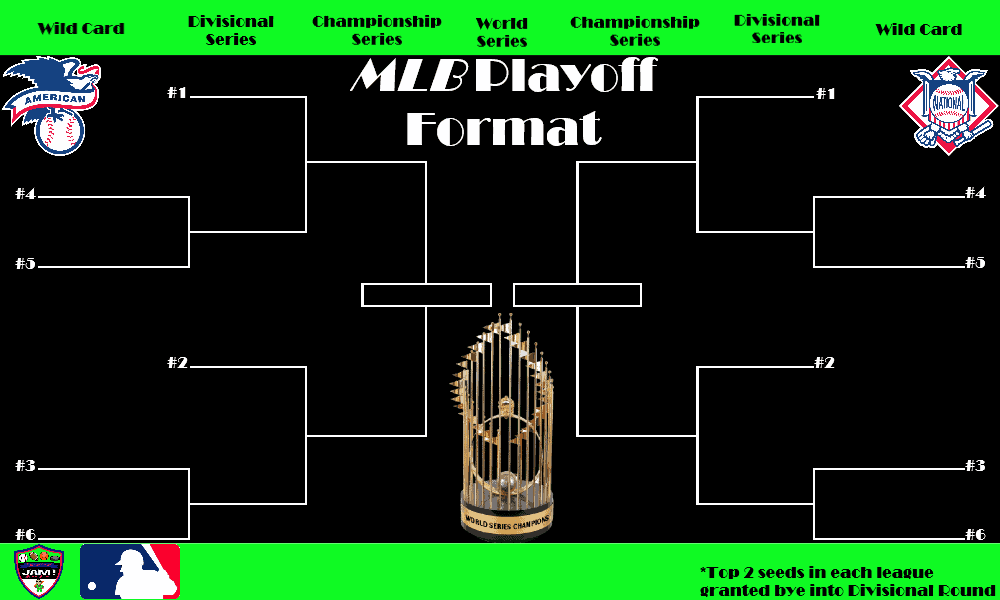

POSITION KEY
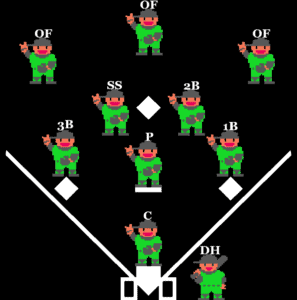
P = Pitcher
The literal tone-setter for the entire game, Pitchers pace each play by throwing the ball in a variety of velocities and trajectories towards their catcher in an attempt at retiring the opposing batter via strikes or causing an out from a poorly contacted ball
C = Catcher
Conducting their squad's symphony from a crouched position behind home plate, Catcher's "call" the game by assisting the pitcher with on-the-fly team strategy in addition to their personal agenda as base stealing security guards and last line run protectors making their charge as unenviable as any other
1B = 1st Basemen
Responsible for their post easternmost from the catcher's position, 1st Basemen spend most of their time fielding received throws from their teammates as they put out opposing runners urgently attempting to reach their location after making contact with the ball
2B = 2nd Basemen
Patrolling the infield between their northern bag and the 1st Basemen, prototypical 2nd Basemen rely on coverage speed to maximize their defensive range, a snare trap glove to field different ball paths sprayed into their territory and pivot throws in order to turn quick assist outs to teammates
SS = Shortstop
Arguably the most physically demanding position on the infield, Shortstops are generally tasked with the same types of defensive prerequisites that 2nd Basemen are though their north-western quadrant receives the highest volume of activity overall due to right-handed hitters being more common
3B = 3rd Basemen
Snap reflexes and a strong accurate arm are the biggest keys to defending the western hot corner as 3rd Basemen aire the closest infielder to right-handed batters requiring an astute readiness for every type of fair contact hit their way from blitzing groundballs to halting bunts
OF = Outfielder
Consisting of 3 different sub-positions in total located in left, center and right field, Outfielders utilize supreme quickness and sharp anticipation to defend fly balls contacted into their large zones resulting in some of the most spectacular catches seen in the sport
DH = Designated Hitter
Initialized in 1973 and used exclusively in the American League until 2022 when it became universal, the Designated Hitter does not field a position defensively but instead replaces the pitcher in the batting order which allows for more offensive strategy overall.
AWARDS GLOSSARY
AL Rookie Of The Year
![]()
Awarded annually to the most outstanding first-year player in the American League as voted by the Baseball Writers' Association Of America
NL Rookie Of The Year
![]()
Awarded annually to the most outstanding first-year player in the National League as voted by the Baseball Writers' Association Of America
AL Cy Young Award
![]()
Awarded annually to the most outstanding pitcher in the American League as voted by the Baseball Writers' Association Of America
NL Cy Young Award
![]()
Awarded annually to the most outstanding pitcher in the National League as voted by the Baseball Writers' Association Of America
AL MVP Award
![]()
Awarded annually to the most valuable player in the American League as voted by the Baseball Writers' Association Of America
NL MVP Award
![]()
Awarded annually to the most valuable player in the National League as voted by the Baseball Writers' Association Of America
Commissioner's Trophy
![]()
Awarded annually to the team that wins the World Series at the end of each season
Willie Mays Award
![]()
Awarded annually to the most valuable player of the World Series as voted by a combination of media members and MLB officials
TEAM PROFILES

*refresh page if initial load fails
Thanks for reading! Stay tuned for edits and additional content to this page.
Questions/Remarks/Suggestions?
E-Mail The ‘Tude Dude![]()
radwriting@thetudedude.com

-Pushing Reviews to the EDGE!
Published by 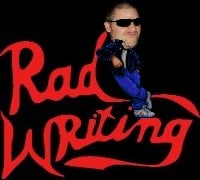



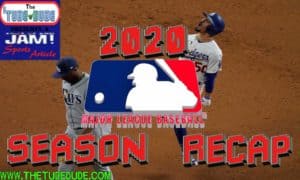
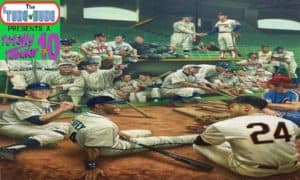

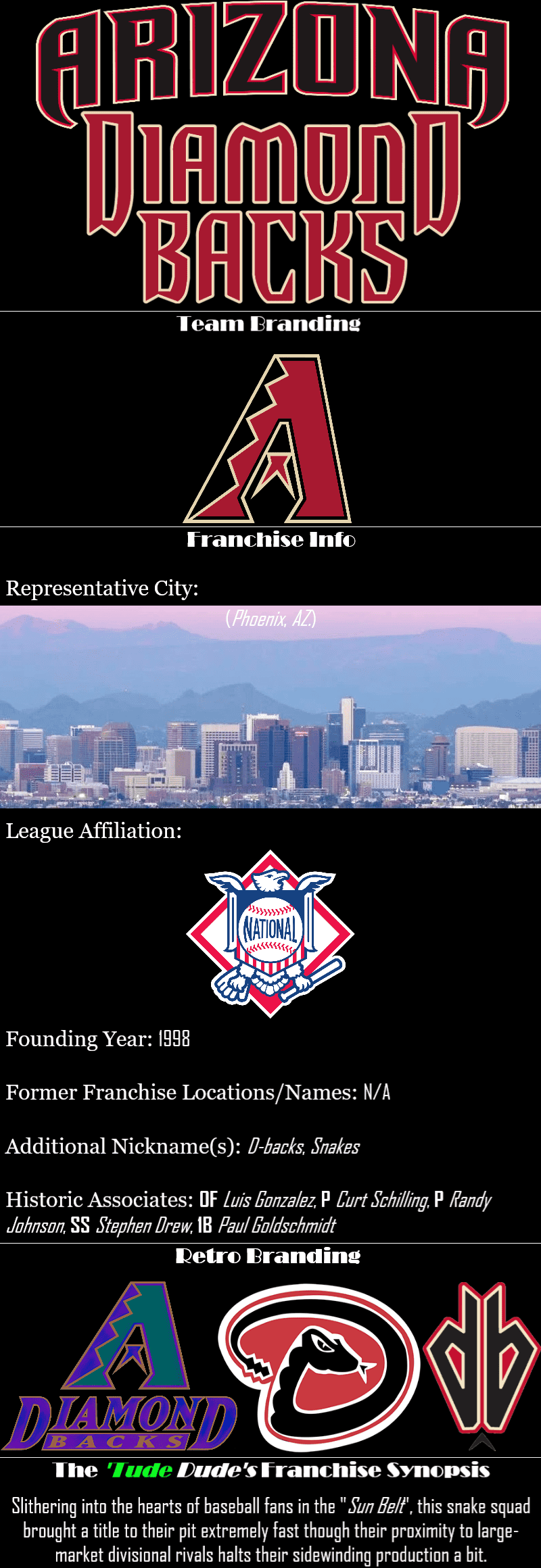


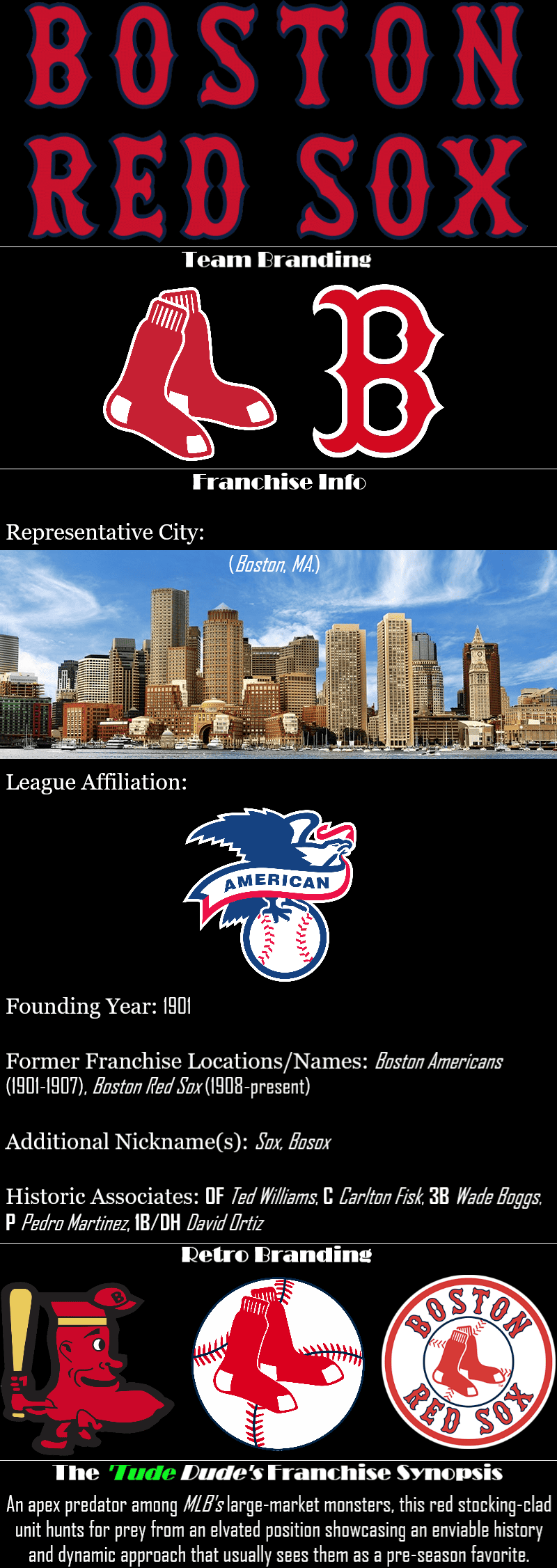
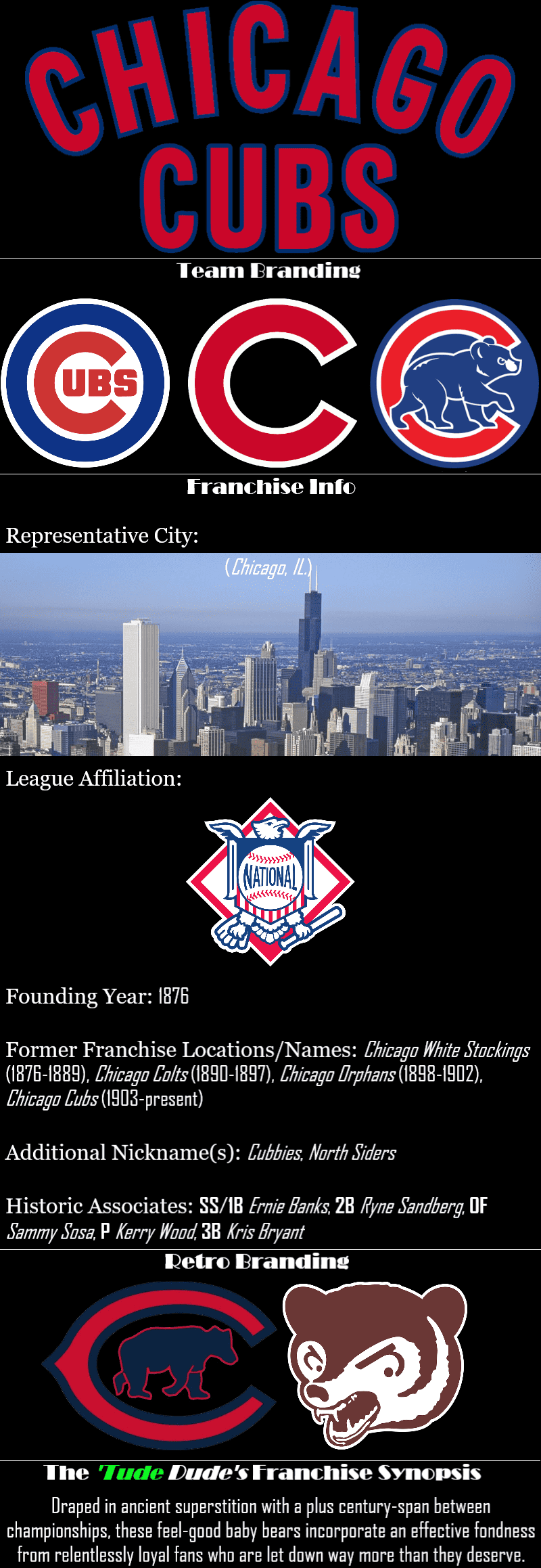
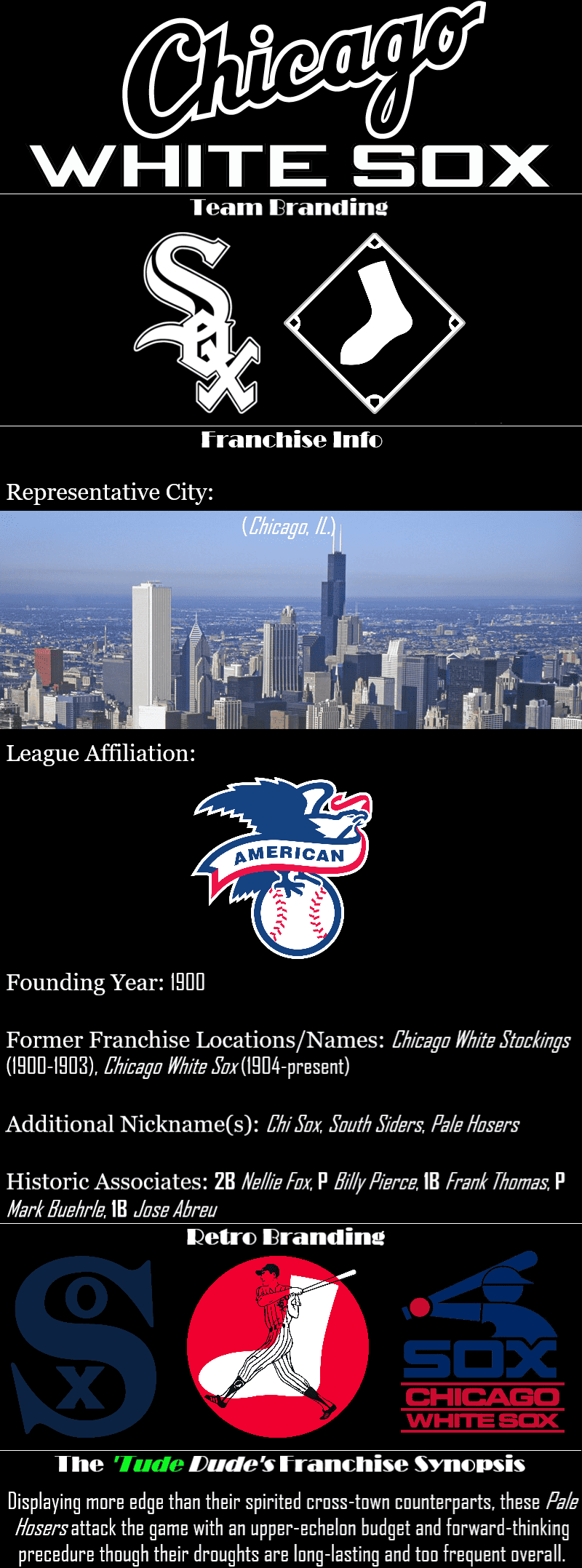
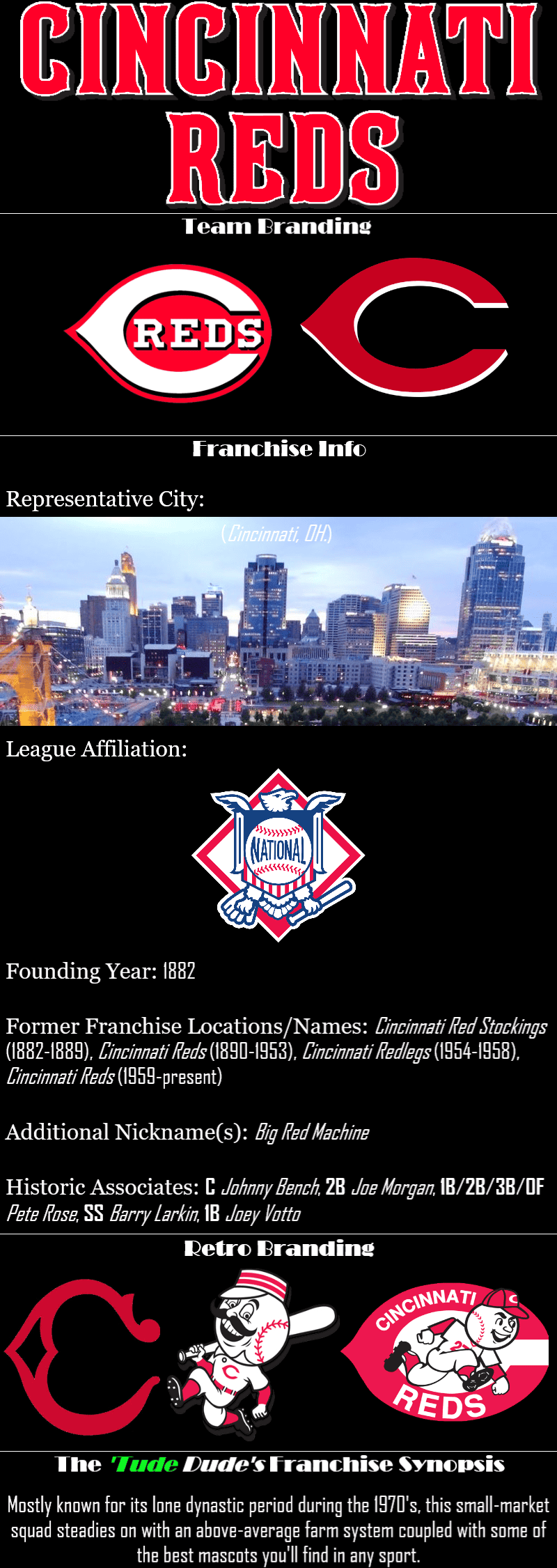

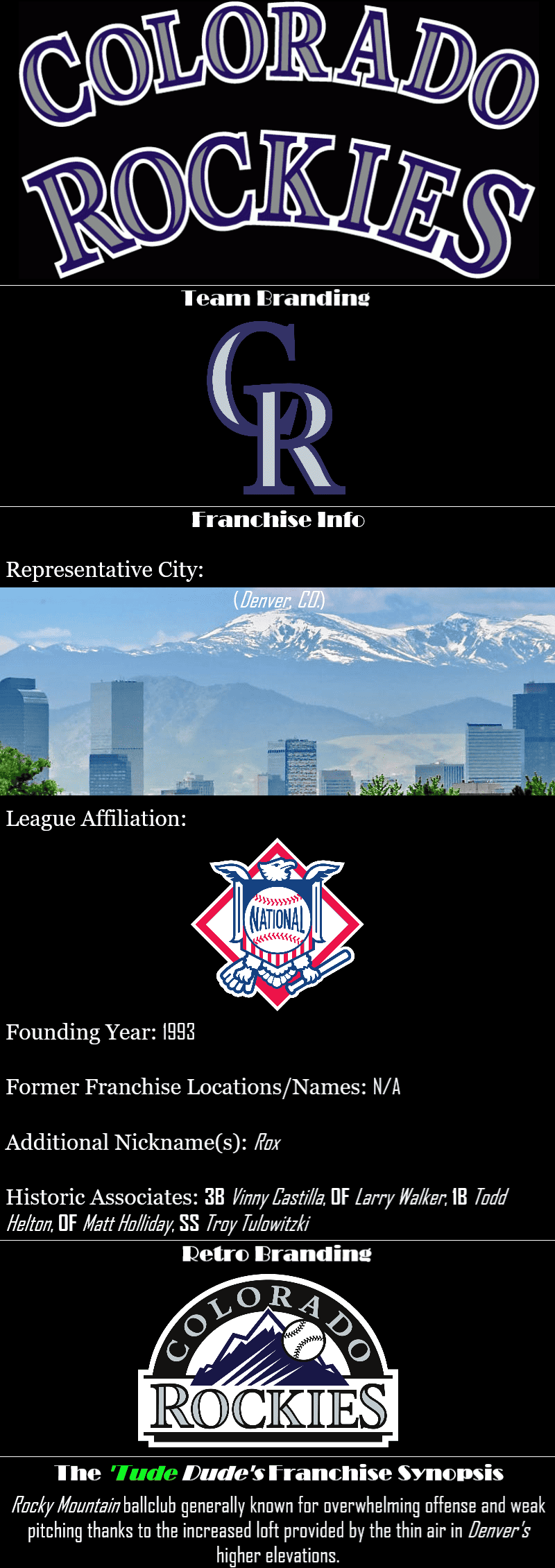
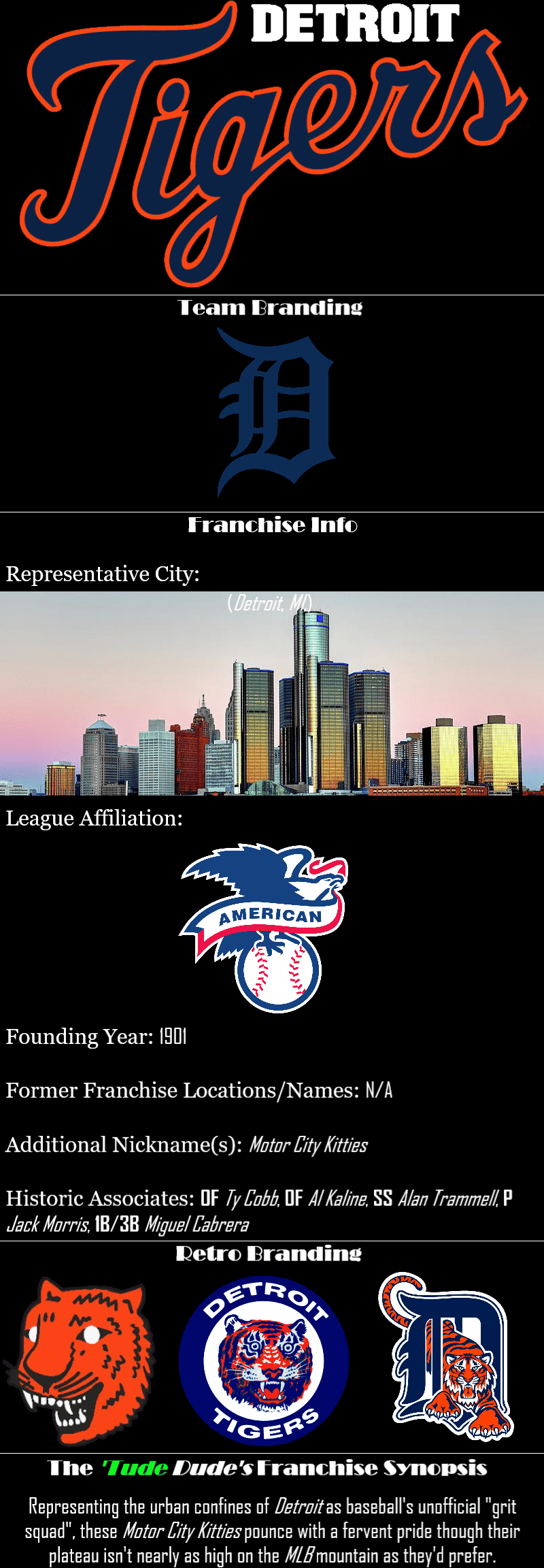
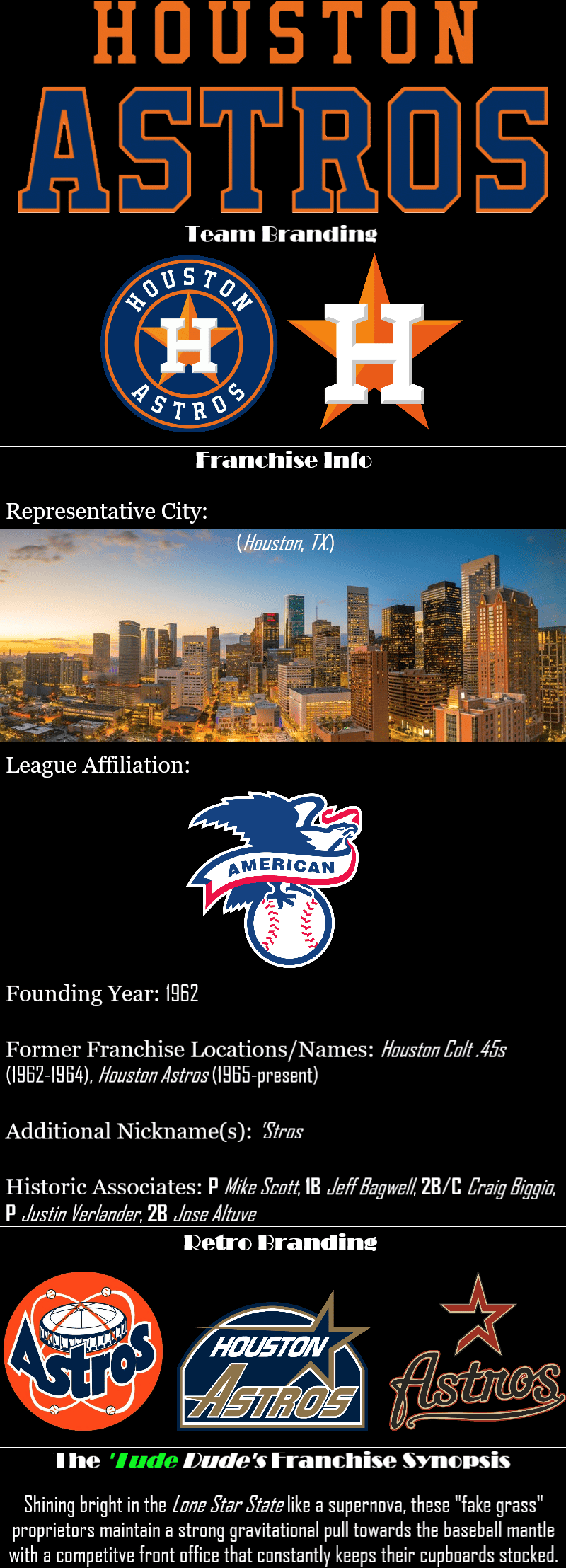
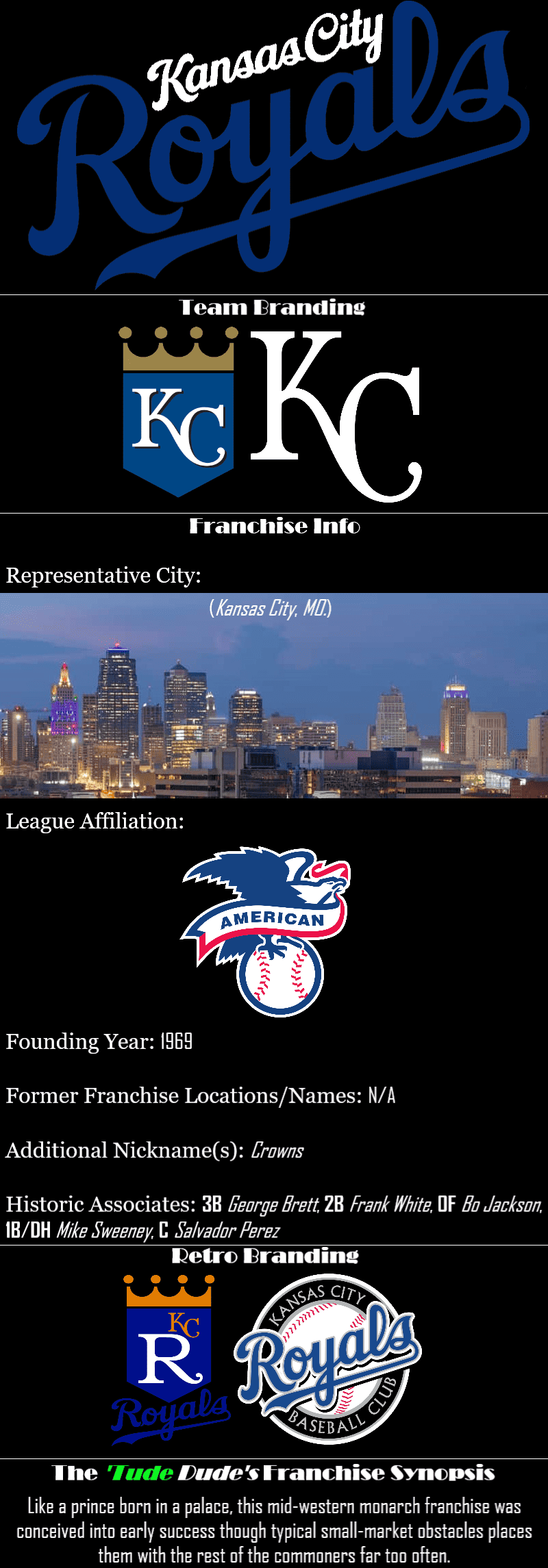
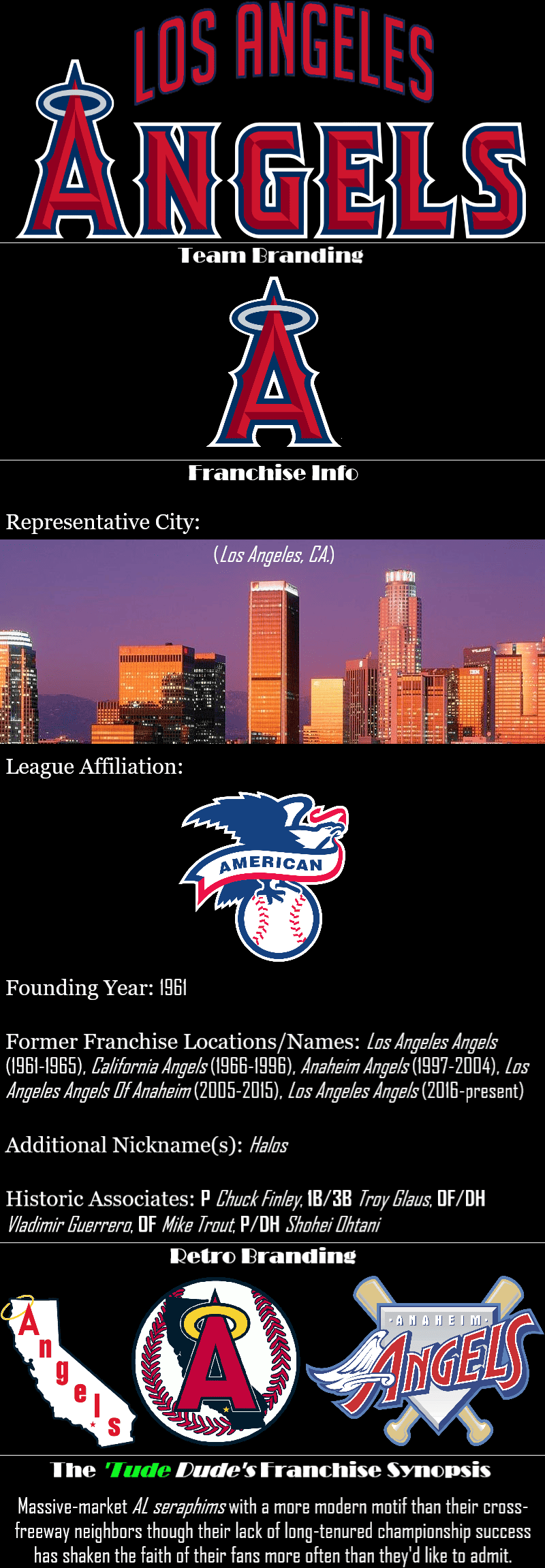

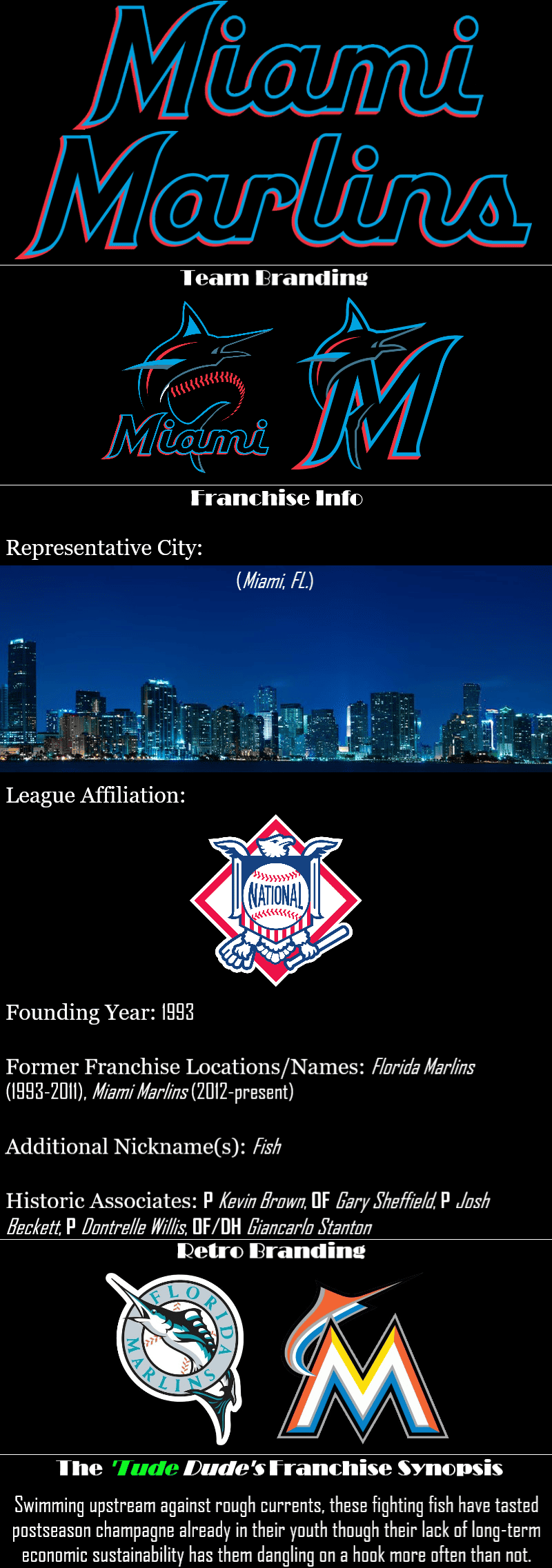
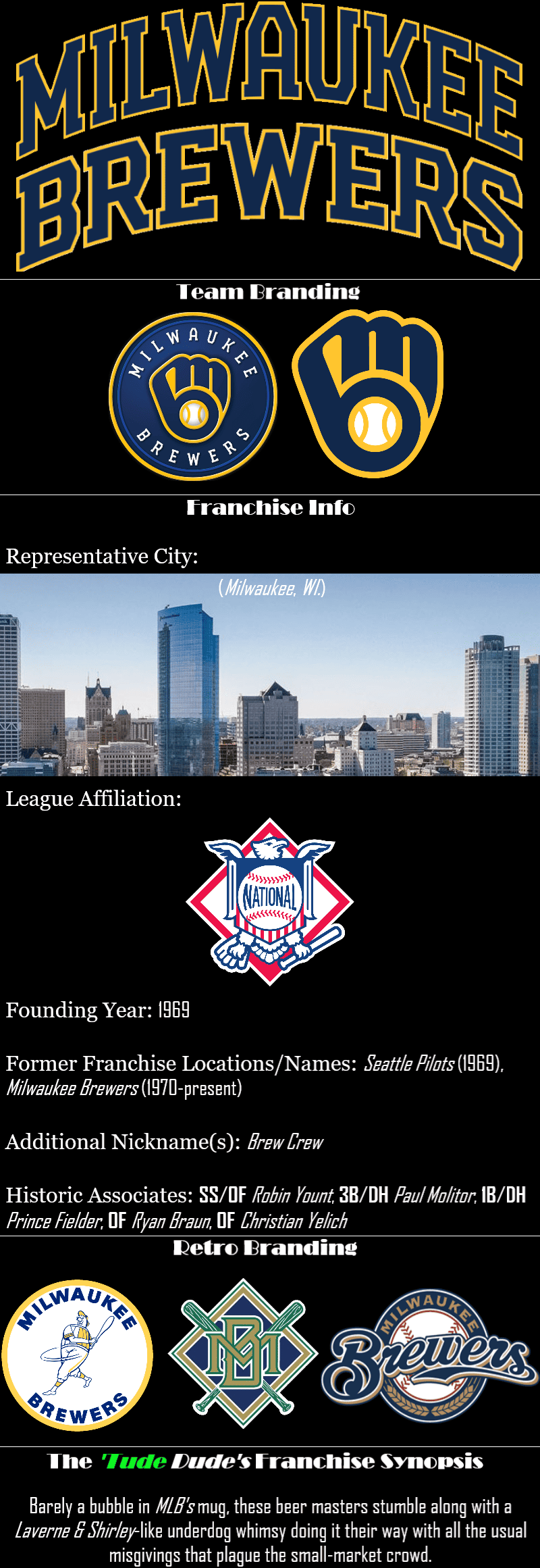



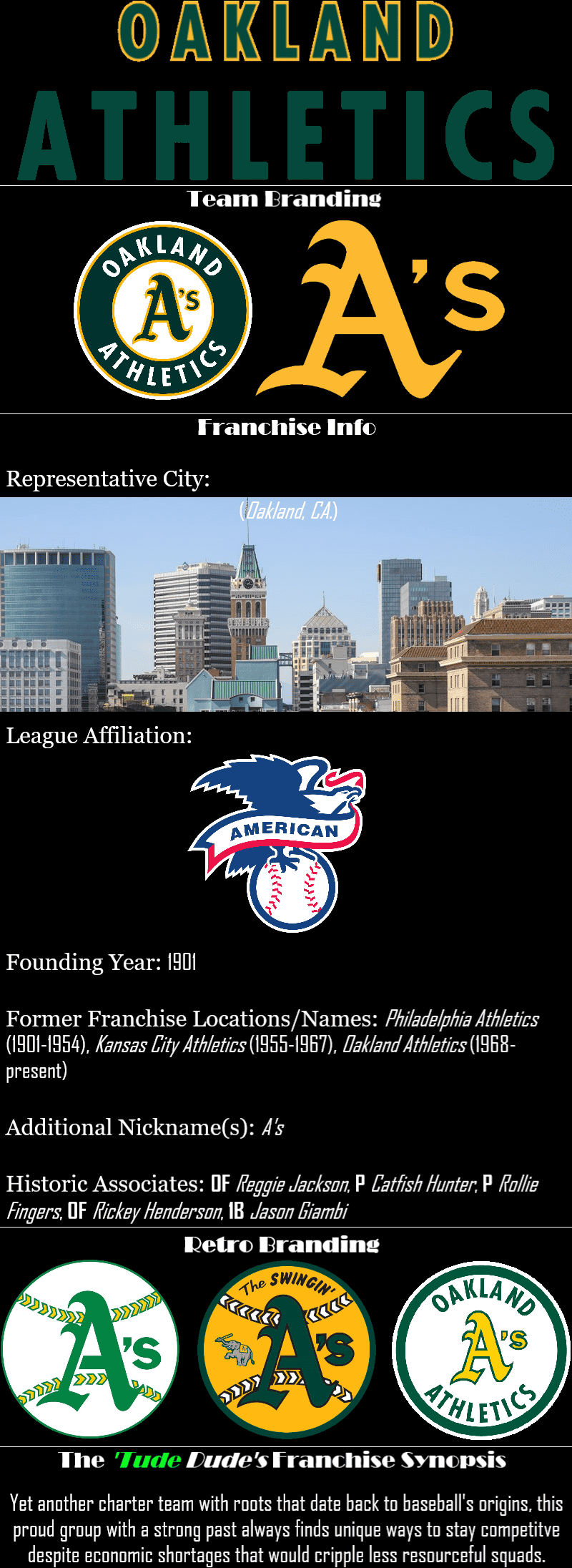
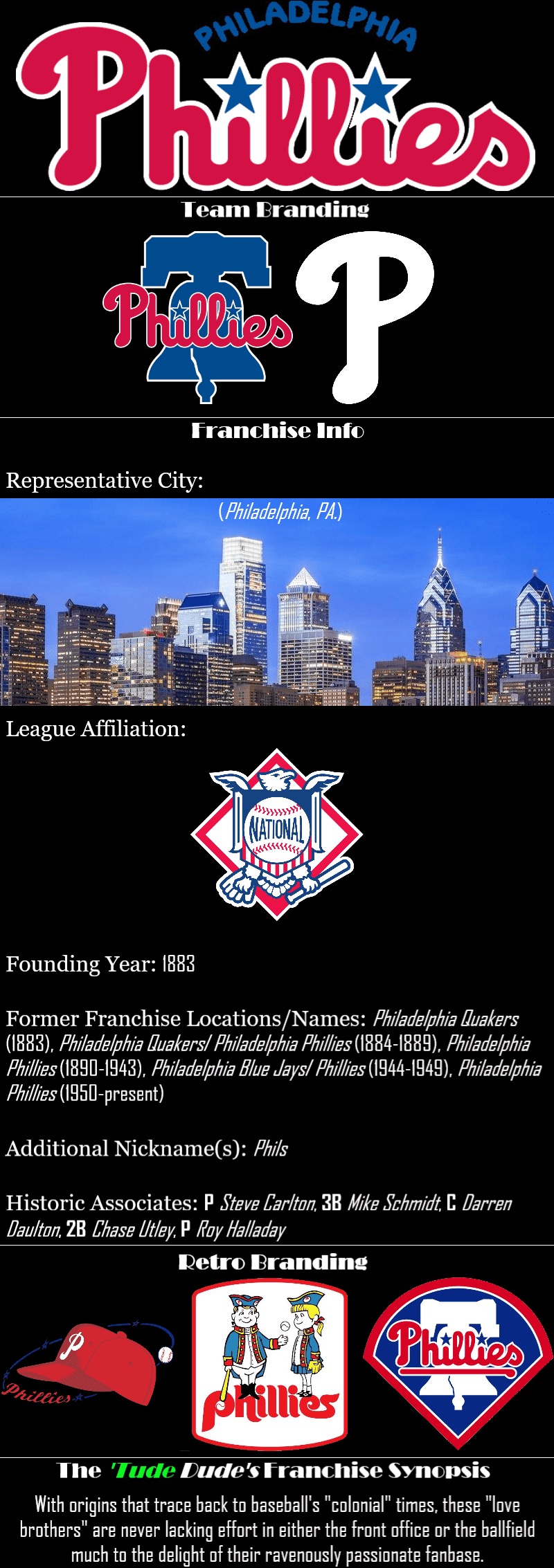
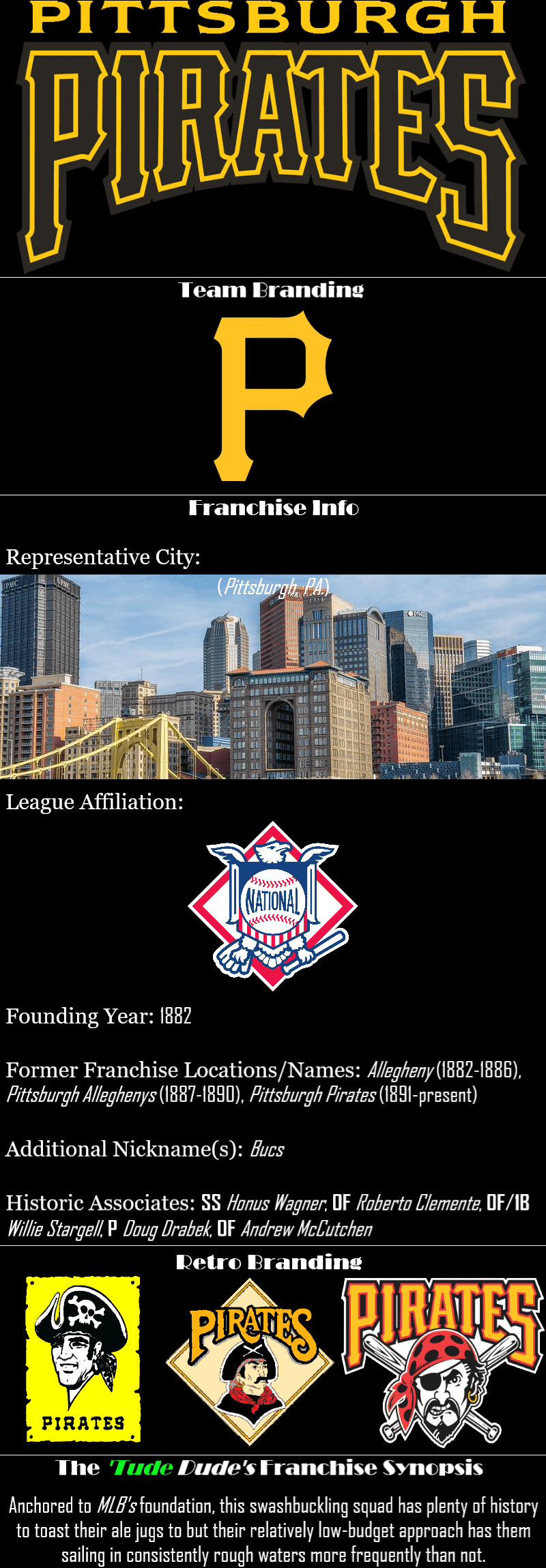
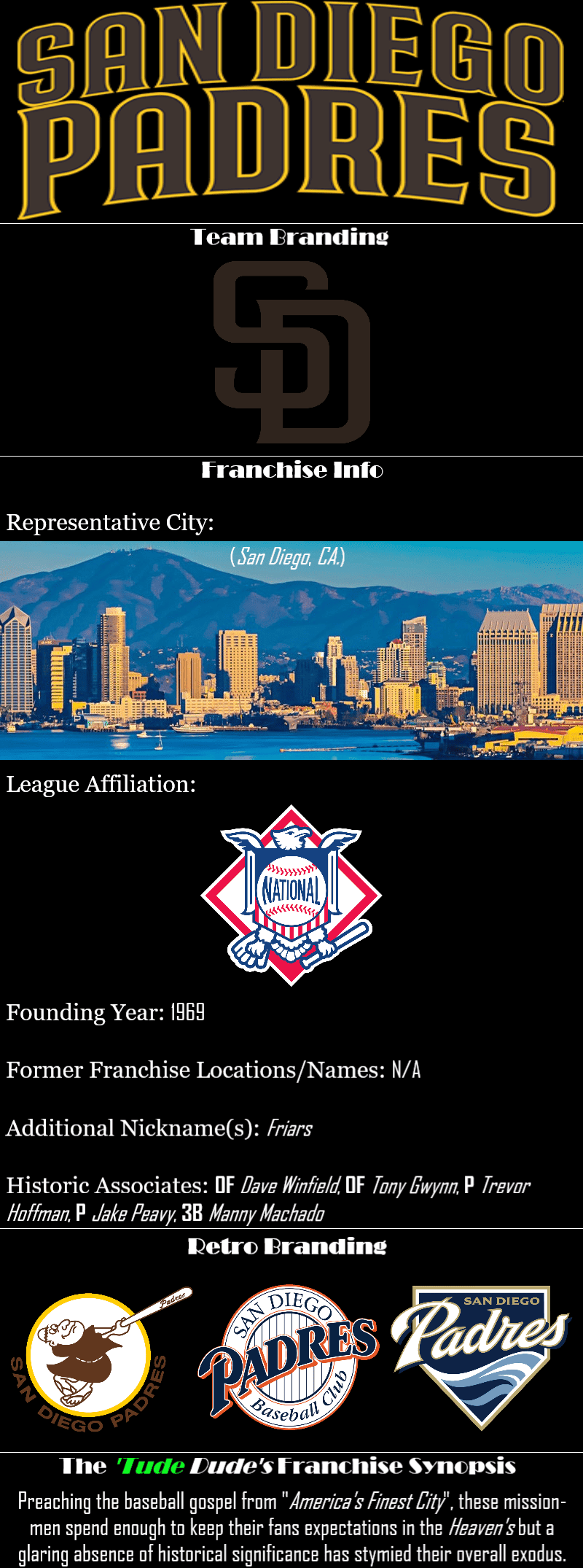

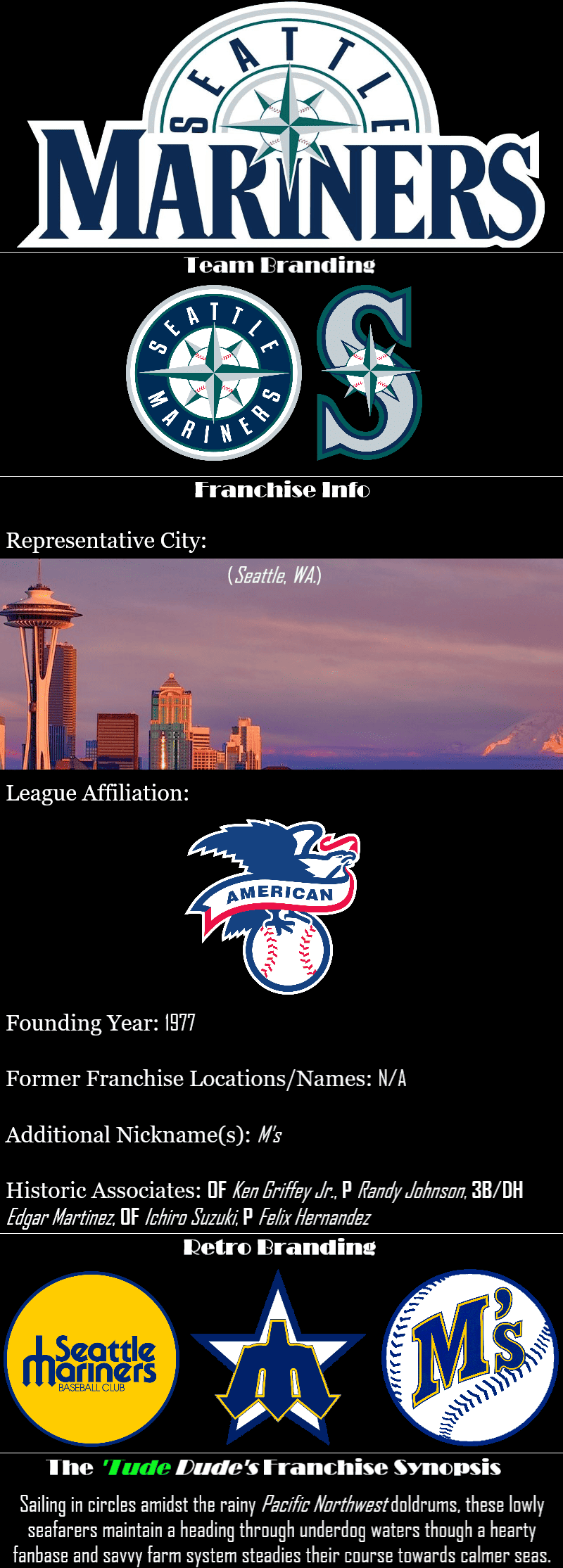
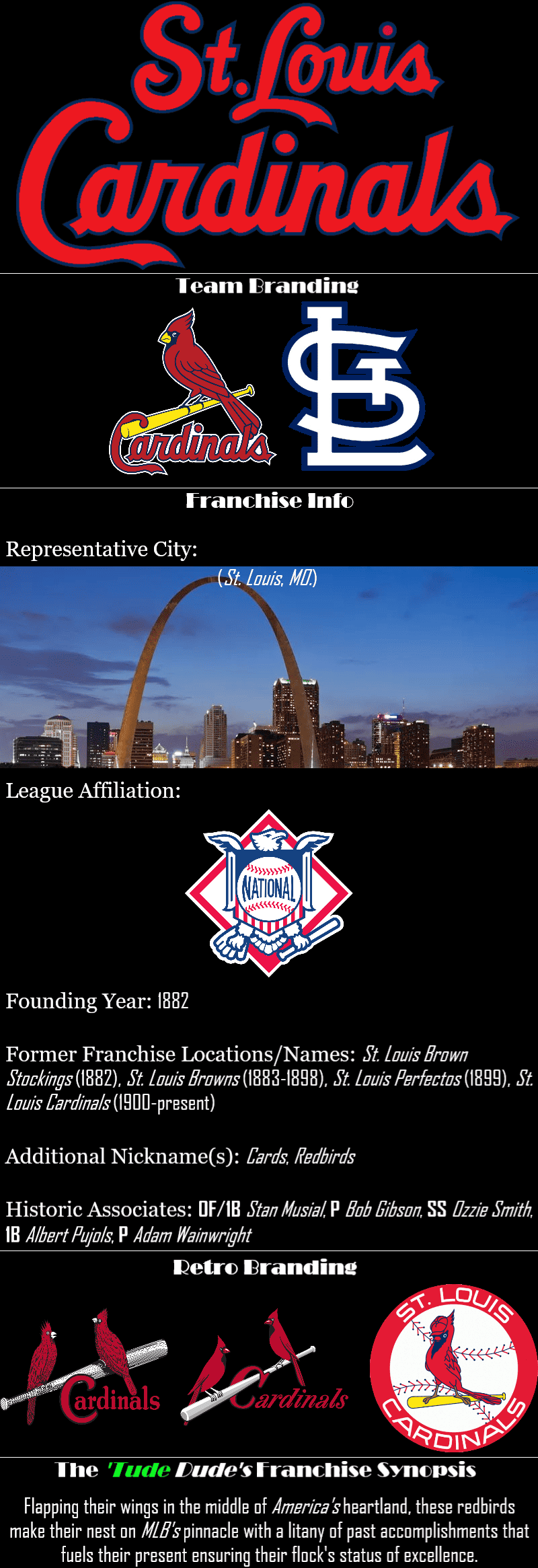
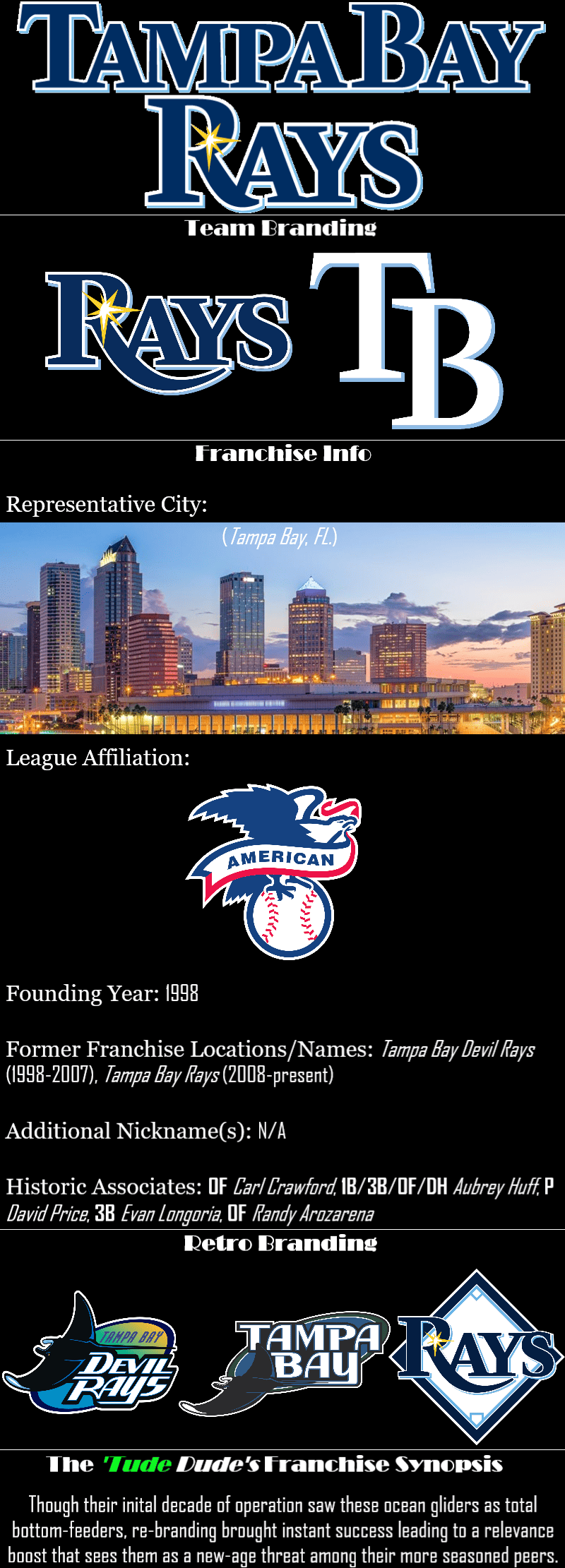
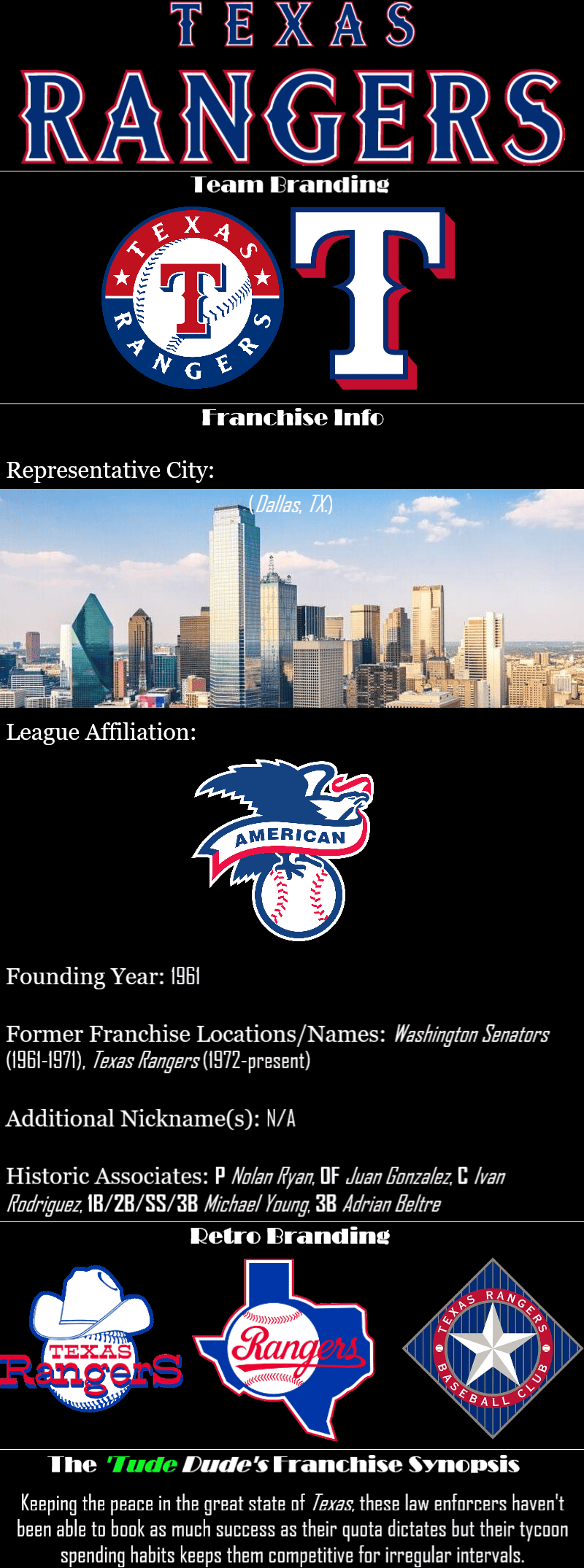
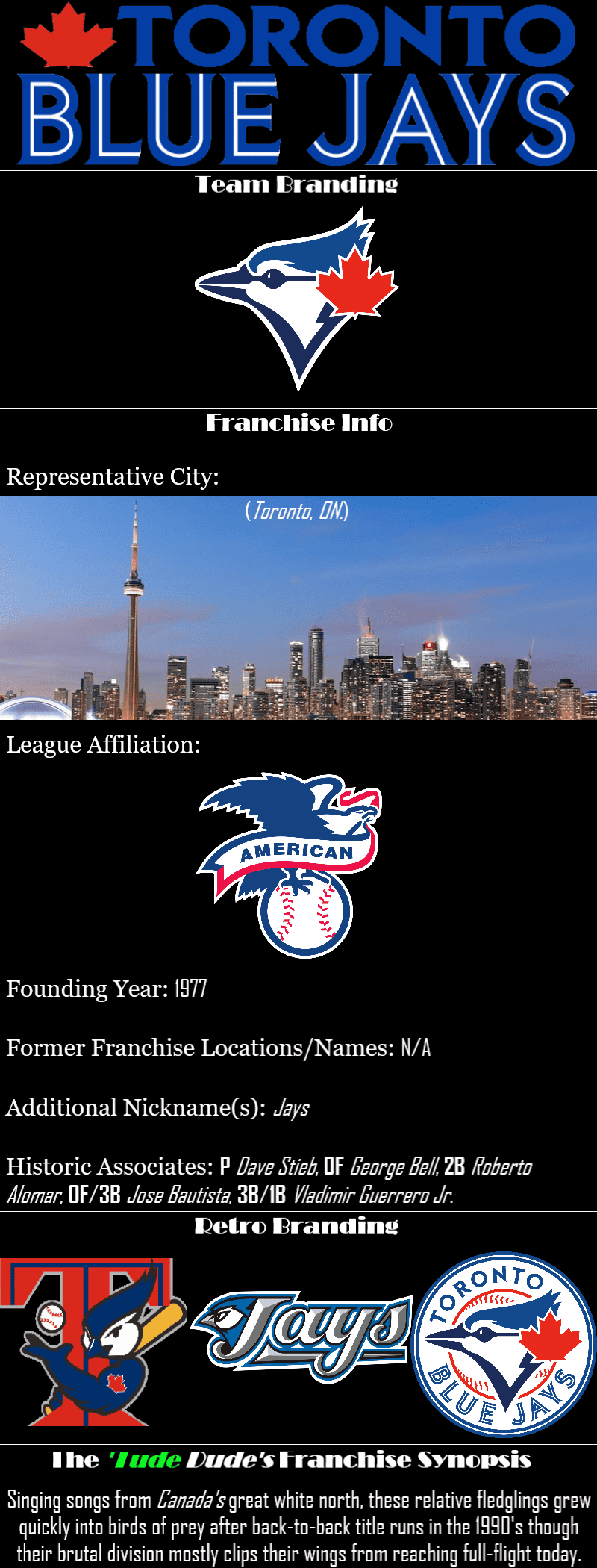
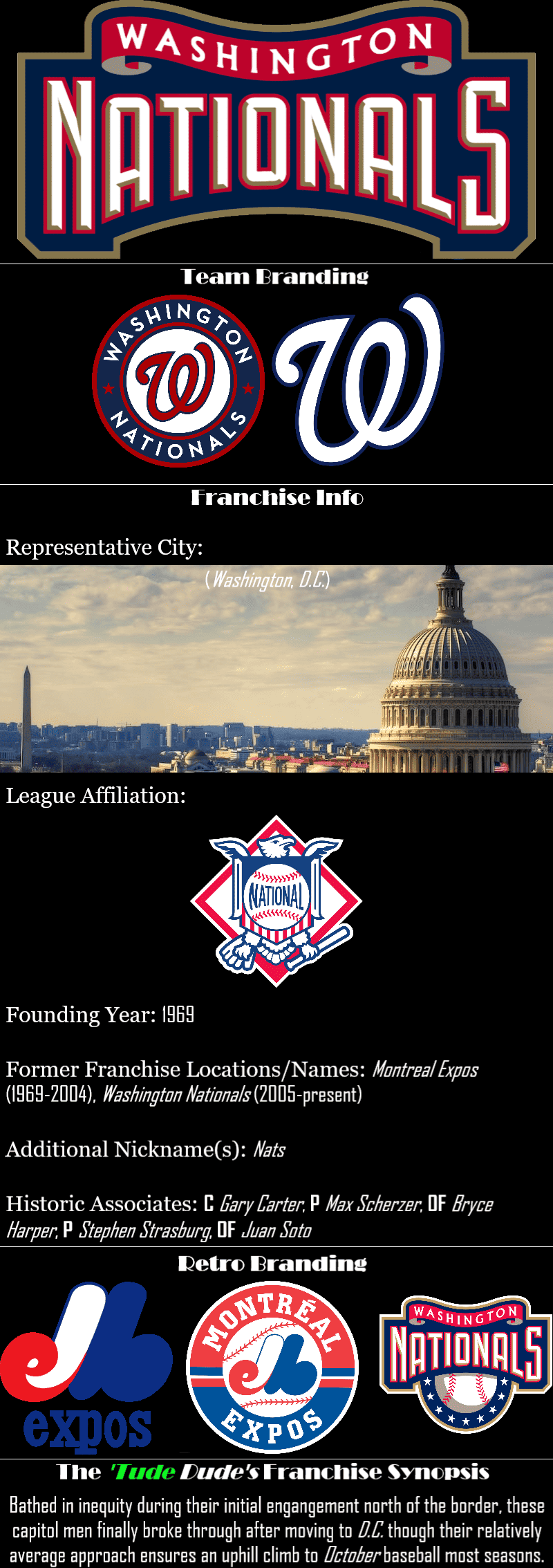











 Compare your score to The
Compare your score to The 